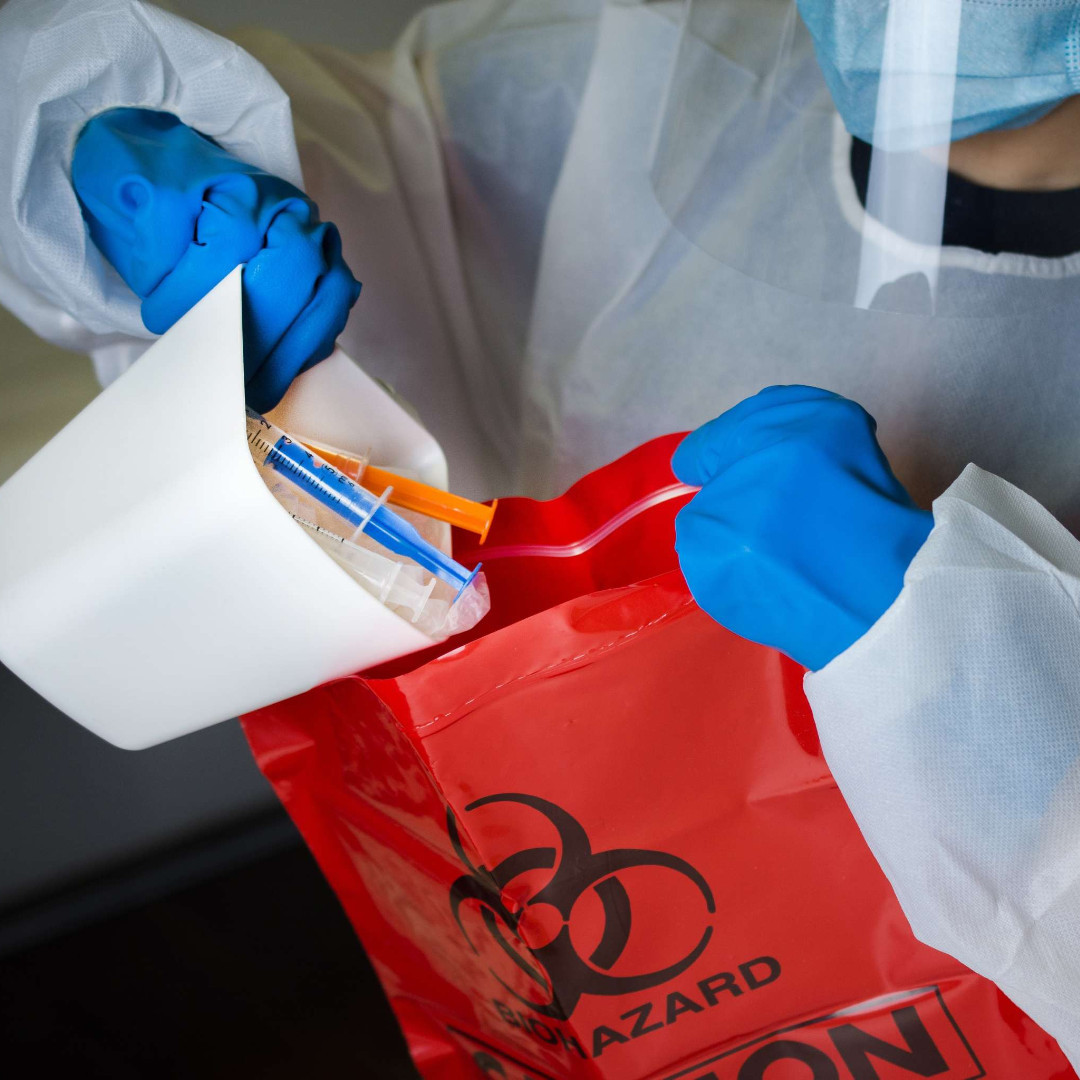This post, HazCom: Understanding ‘Hazard Not Otherwise Classified’, first appeared on www.safetyandhealthmagazine.com.
Responding is Robert Ernst, editor – workplace safety, J. J. Keller & Associates Inc., Neenah, WI.
The revised Hazard Communication Standard (29 CFR 1910.1200) created a need to identify hazards not covered by the classes adopted from GHS or that OSHA did not adopt. So OSHA created the “Hazard Not Otherwise Classified” definition to cover health or physical hazards for which the standard lists a hazard class, but whose effect either falls below the cut-off value/concentration limit of the hazard class or is under a GHS hazard category that has not been adopted by OSHA.
OSHA’s definition for HNOC ensures hazards covered under the previous standard remain covered under the revised standard.
Determining criteria
A manufacturer’s or importer’s hazard classification must account for all hazards, including identified hazards that fall outside OSHA’s established categories. An HNOC classification is determined using the weight-of-evidence criteria found in the standard for health or physical hazards.
The hazard refers to the intrinsic hazards of a particular chemical in normal conditions of use or foreseeable emergencies. Scalds caused by exposure to chemicals at high temperatures, or slips and falls caused by treading on a solid chemical shaped in a rounded form or spilled liquids are not covered physical effects under the HNOC definition.
For example, water would not be classified as an HNOC merely because an employee might be scalded by contact with boiling water or may contract hypothermia by being immersed in cold water for a long period of time.
Similarly, water is not classified as an HNOC by virtue of the fact that an employee might be injured when slipping and falling on a wet surface or when sprayed by water at high pressure.
Are chemical byproducts required to be included in SDS Section 2 in HNOC, or merely as warning language throughout the SDS?
The manufacturer must provide classification of the hazards of the chemical. If through that process an HNOC is identified, that information should appear with the identification of hazard class and category in Section 2.
There are no harmonized label elements for HNOCs. Therefore, HNOCs need not be addressed on an HCS label. No signal word or pictogram has been designated for HNOCs, so none should be assigned to an HNOC hazard. The label preparer may add supplemental information regarding HNOC hazards as long as it does not undermine or cast doubt on the required label information.
OSHA does not specify the format of the label, only the information required to be on it. Supplemental information does not need to be separated from the label’s required information, but it cannot impede identification of the signal word, hazard statements, precautionary statements – the required HazCom label information.
As long as all of the required information is present, and the placement of the supplemental information doesn’t hinder identification of the required information, then the layout of the label is up to the preparer.
Editor’s note: This article represents the independent views of the author and should not be construed as a National Safety Council endorsement.
This post, HazCom: Understanding ‘Hazard Not Otherwise Classified’, first appeared on www.safetyandhealthmagazine.com.











